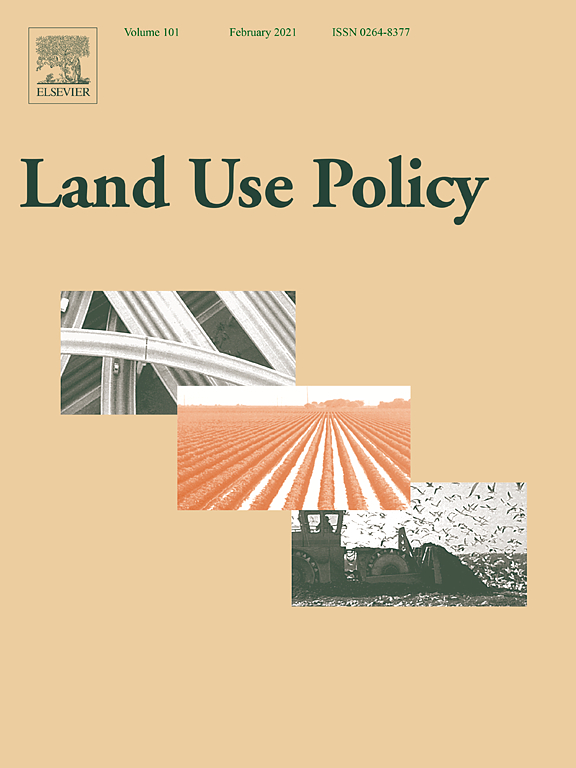Agroforestry creates carbon sinks whilst enhancing the environment in agricultural landscapes in Europe
Agroforestry, relative to conventional agriculture, contributes significantly to carbon sequestration, increases a range of regulating ecosystem services, and enhances biodiversity. Using a transdisciplinary approach, we combined scientific and technical knowledge to evaluate nine environmental pressures in terms of ecosystem services in European farmland and assessed the carbon storage potential of suitable agroforestry systems, proposed by regional experts.


